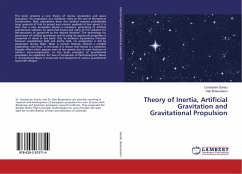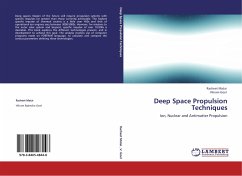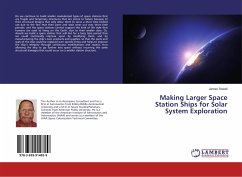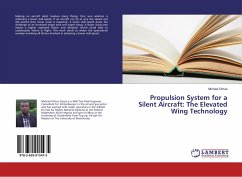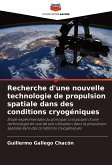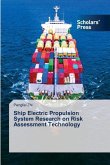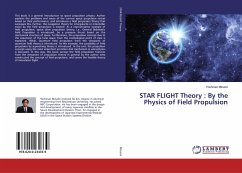As the aerospace technology progresses, new challenges emerge which have to be managed and solved to make future space exploration missions possible. This project faces the efficient long-term storage of cryogenic propellant. Nowadays the available technology is not sufficiently evolved to ensure thermal isolation throughout the entire mission which can be months or even years. It's a given fact that propellant lost due to boil-off will happen. So the bubbles generated by the boiling have to be controlled because these bubbles could be hazardous at different stages of the mission and to avoid the loss of thousands of liters of propellant. Ones of the technology proposed by the UPC Microgravity laboratory to control and eliminate the bubbles is based on the use of ultrasonic acoustic waves, created by piezoelectric devices. The research for a good piezoelectric material for this purpose turns out to be a challenge. But, if such a material was found, it could be used in future space missions.
Bitte wählen Sie Ihr Anliegen aus.
Rechnungen
Retourenschein anfordern
Bestellstatus
Storno


